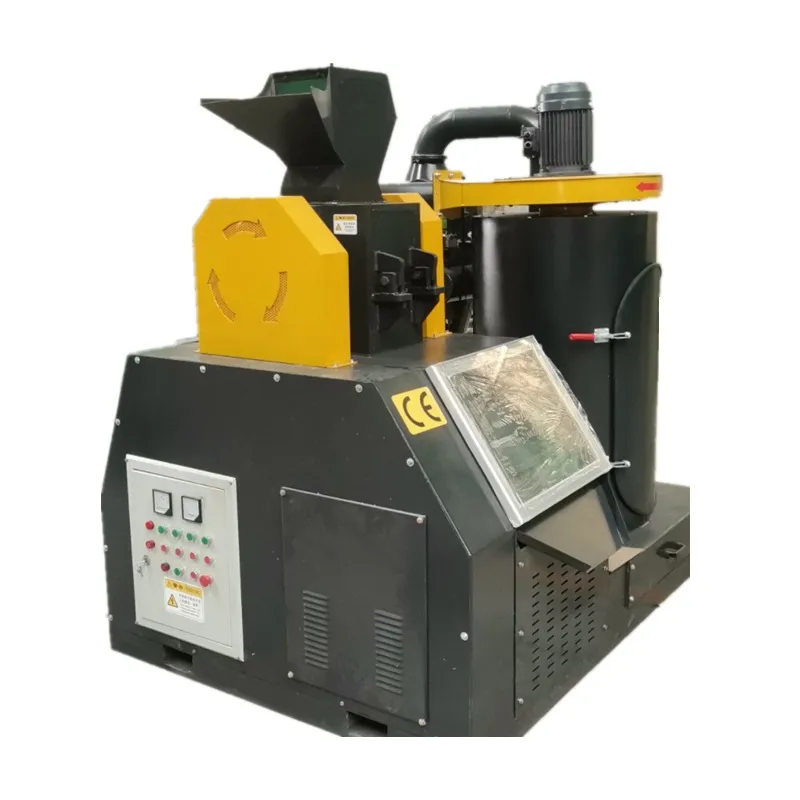Navigating the world of e-waste bins can be challenging for consumers and businesses aiming to properly dispose of electronic waste. This task demands expertise and an authoritative approach to ensure the recycling process is efficient and environmentally friendly.

E-waste bins play a crucial role in managing electronic waste effectively. Their implementation is not just about providing a container for obsolete gadgets but ensuring that these bins are strategically placed and utilized to maximize recycling potential and minimize environmental harm.
In recent years, the rise of electronic devices has been matched by growing awareness of their eventual disposal. With technological advancements, gadgets are becoming obsolete faster than ever, prompting the necessity for reliable e-waste solutions. E-waste bins, therefore, are not just a convenience but a necessity in the modern world, offering a proactive approach to what is a growing environmental concern.

Drawing from extensive experience in waste management, it’s evident that the effectiveness of e-waste bins hinges on several factors
1. Design and Functionality An expertly designed e-waste bin considers ease of use, capacity, and durability. Bins must accommodate a wide range of electronic items, from small devices like smartphones to larger equipment like monitors and printers. Innovative designs that prevent overloading and protect the contents from weather exposure improve both the practical and environmental outcomes.
2. Strategic Placement For these bins to achieve their purpose, their placement is crucial. Experience shows that areas with high foot traffic, such as shopping centers, office complexes, and urban residential environments, result in higher collection rates. Proper signage and public education around these bins can further enhance their use.
ewaste bin
3. Regulatory Compliance and Expertise Effective e-waste management demands compliance with local and international waste disposal regulations. This involves understanding the intricacies of hazardous waste legislation and industry best practices. Partnering with certified waste handlers ensures that the collected materials are processed responsibly, reducing the harmful impact on the environment and promoting the recovery of valuable materials.
4. Public Trust and Engagement Building trust within the community is paramount. Providing transparency around the e-waste recycling process, from collection to disposal, reassures the public that their efforts contribute to a genuine environmental cause. Regularly publishing impact reports and success stories can strengthen community engagement and trust in the system.
5. Technological Integration Incorporating technology into e-waste management can significantly boost efficiency. Smart bins, equipped with sensors, can track fill levels, prompting timely collections and reducing overflow incidents. This technological integration not only enhances operational efficiency but also aligns with the tech-centric nature of e-waste challenges.
For businesses, integrating e-waste bins into sustainability initiatives demonstrates commitment to environmental responsibility. It can also serve as a differentiator in a crowded marketplace where consumers increasingly value eco-friendly practices. Through credible partnerships and third-party certifications, companies can enhance their authority and trustworthiness in this space.
In conclusion, while e-waste bins might seem like a simple solution, their implementation and management require a nuanced approach that combines experience, expertise, and credibility. These elements ensure that e-waste is handled in a manner that aligns with both environmental goals and regulatory frameworks. By effectively managing e-waste through well-designed and strategically placed bins, communities and businesses alike can move closer to a sustainable future.


